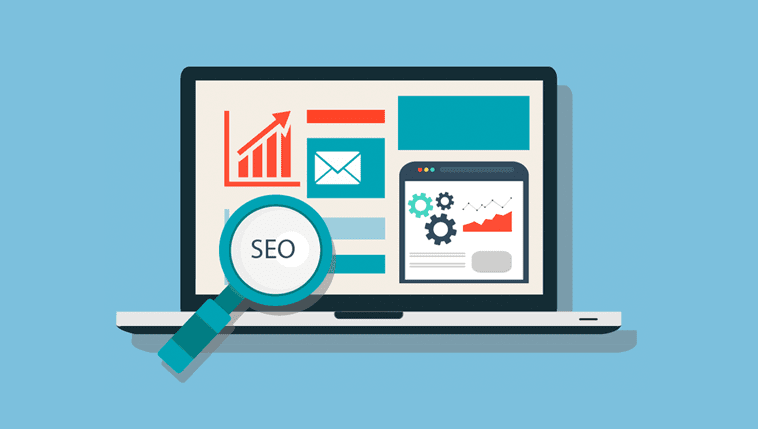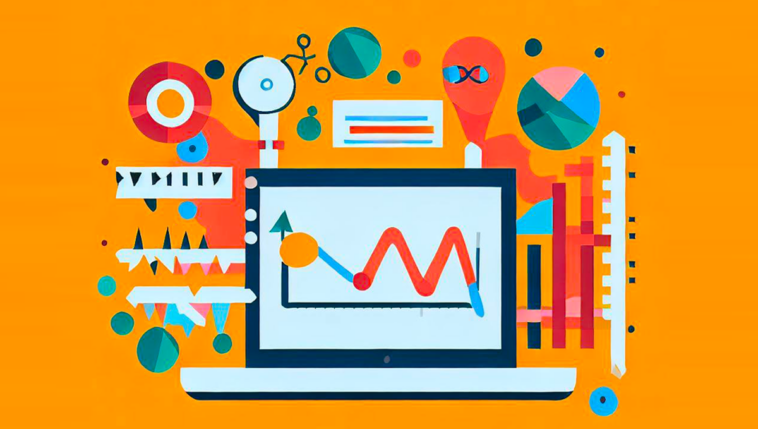
If you ask me, neuromarketing is an incredibly fascinating topic.
It lies at the intersection of neuroscience, psychology, and marketing, focusing on understanding the influences that determine consumer behavior.
Neuromarketing is a relatively new field, using advanced technology to study how the brain responds to marketing stimuli. It is commonly applied in creating ads, campaigns, product development, and pricing strategies.
How neuromarketing changes the understanding of consumer behavior
Consumers’ decision-making processes are often irrational and emotional, which can be difficult to measure. These cognitive and emotional processes occur without the consumer even realizing it.
With neuromarketing, it is possible to understand consumer behavior from a psychological perspective by studying brain activity when exposed to ads or products.
Key neuromarketing techniques and tools
Neuromarketing uses a variety of neuroscience-based tools to measure different parameters. Here are some of the key tools:
Eye-tracking
Measures which visual elements capture a consumer’s attention in campaigns, such as color, image composition, or text.
Biometric sensors
Sensors measure physical reactions like heart rate or sweaty palms in response to marketing stimuli, reflecting the emotional impact.
Emotion tracking
Monitors facial expressions to detect emotional responses to ads or campaigns.
Implicit Association Test (IAT)
A test where consumers associate brands or products with elements like colors, animals, or celebrities, offering insight into brand perception.
The use of neuromarketing in advertising and branding
Neuromarketing is often used in advertising and branding strategies, helping companies differentiate themselves in a competitive market. By analyzing how specific stimuli work, businesses can refine their strategies.
Case studies: Successful neuromarketing campaigns
Many companies have used neuromarketing principles to achieve success. For example:
Matas
Matas runs campaigns focused on well-being, encouraging consumers to reflect on self-care and leading them to Matas products.
Disney
Disney uses emotional stimuli, such as music and visuals, to appeal to both younger and older audiences, building strong emotional connections.
Ethical considerations and controversies in neuromarketing
Neuromarketing raises ethical concerns, especially regarding consumer consent when measuring brain activity and emotional reactions. It’s essential to fully explain what data is being collected and how it will be used.
Additionally, critics argue that neuromarketing strategies could manipulate consumer perceptions more than ever before.
Understanding consumers’ emotional and cognitive processes
Consumer decisions are influenced by both emotional and cognitive processes. Emotional responses to campaigns, such as joy or trust, often have a stronger impact than rational thinking. Neuromarketing tools help analyze these processes, allowing for more targeted marketing strategies.
Neuromarketing and digital media: New horizons
Platforms like Facebook, Instagram, and TikTok are prime spaces for modern advertising. Neuromarketing offers the potential to personalize campaigns and create engaging content, leading to more effective digital advertising.
The future of neuromarketing: Trends and predictions
With advancing technology, neuromarketing will provide even more precise data for future campaigns. The integration of AI will also allow for better analysis and predictions of neurological responses to new marketing strategies.
How to integrate neuromarketing strategies into your business
To implement neuromarketing, start by understanding your target audience through market research and neurofeedback. Continuously test and measure the effectiveness of your strategies using tools like A/B testing and eye-tracking to engage your audience better and improve marketing outcomes.














Comments